Search
Items tagged with: theuniverse
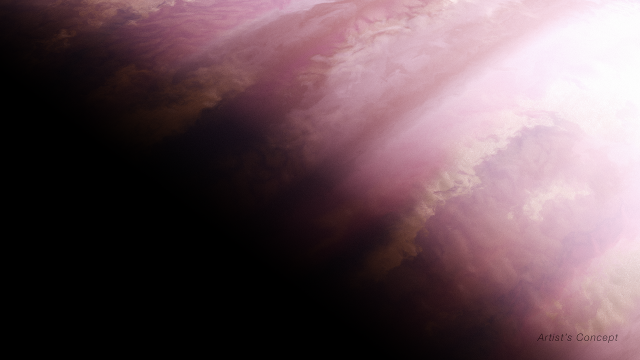
NASA’s Webb Investigates Eternal Sunrises, Sunsets on Distant World - NASA Science
Near-infrared spectral analysis of terminator confirms differences in morning and evening atmosphere Researchers using NASA’s James Webb Space Telescope have finally confirmed what models have previously predicted: An exoplanet has differences betwee…science.nasa.gov
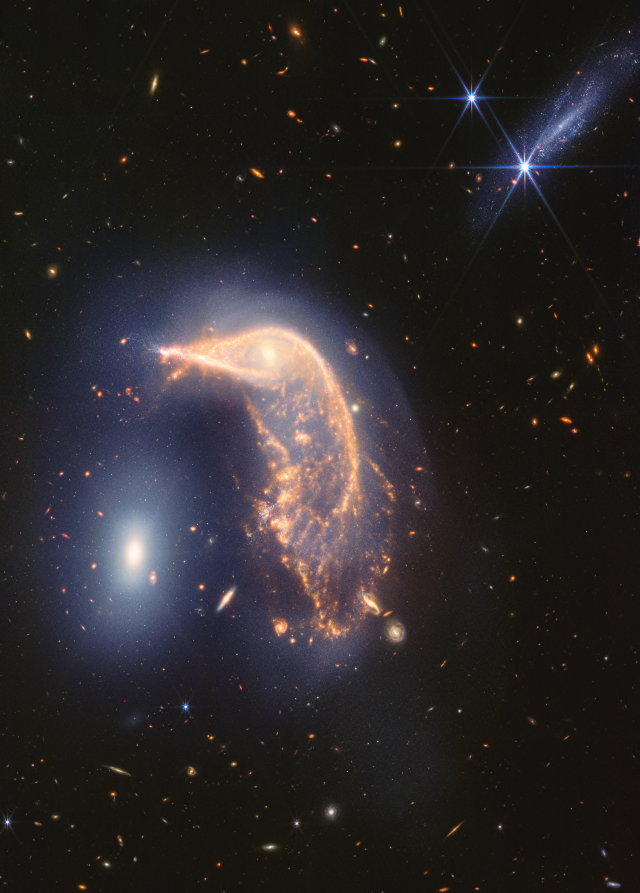
Vivid Portrait of Interacting Galaxies Marks Webb’s Second Anniversary - NASA Science
Two for two! A duo of interacting galaxies commemorates the second science anniversary of NASA’s James Webb Space Telescope, which takes constant observations, including images and highly detailed data known as spectra.science.nasa.gov
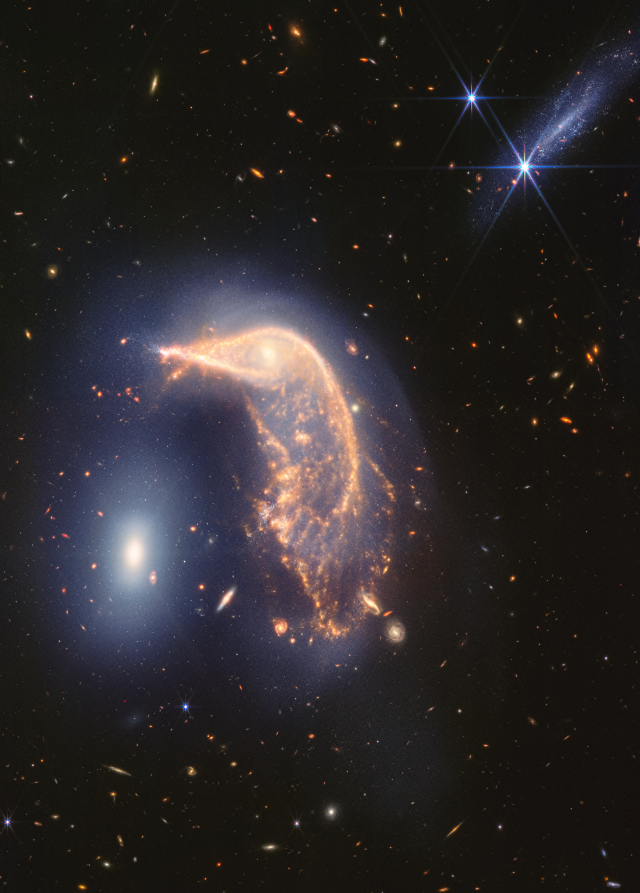
Vivid Portrait of Interacting Galaxies Marks Webb’s Second Anniversary - NASA Science
Two for two! A duo of interacting galaxies commemorates the second science anniversary of NASA’s James Webb Space Telescope, which takes constant observations, including images and highly detailed data known as spectra.science.nasa.gov
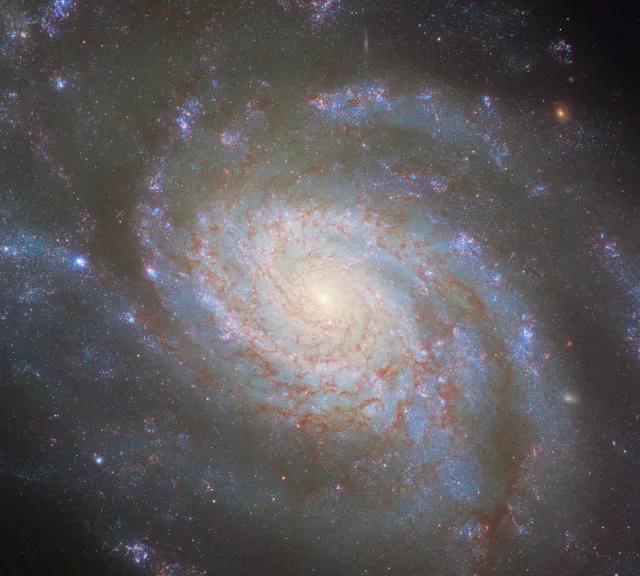
Hubble Measures the Distance to a Supernova - NASA Science
Measuring the distance to truly remote objects like galaxies, quasars, and galaxy clusters is a crucial task in astrophysics, particularly when it comes to studying the early universe, but it’s a difficult one to complete.science.nasa.gov
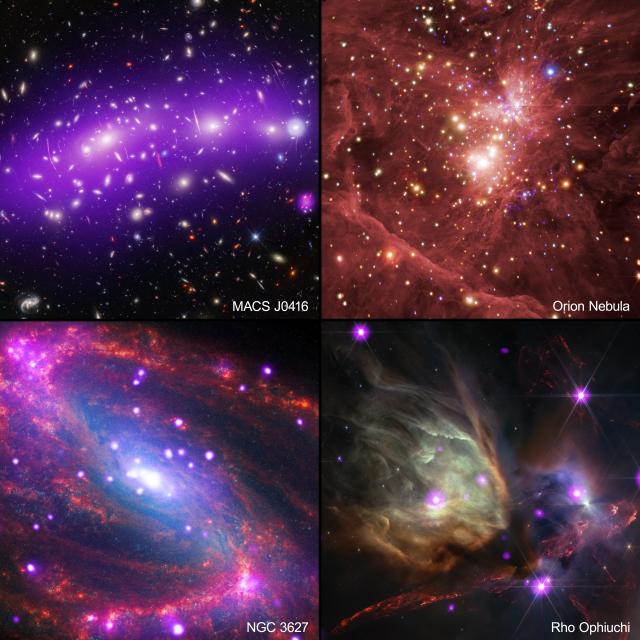
Take a Summer Cosmic Road Trip With NASA's Chandra and Webb - NASA
It’s time to take a cosmic road trip using light as the highway and visit four stunning destinations across space. The vehicles for this space get-away areNASA
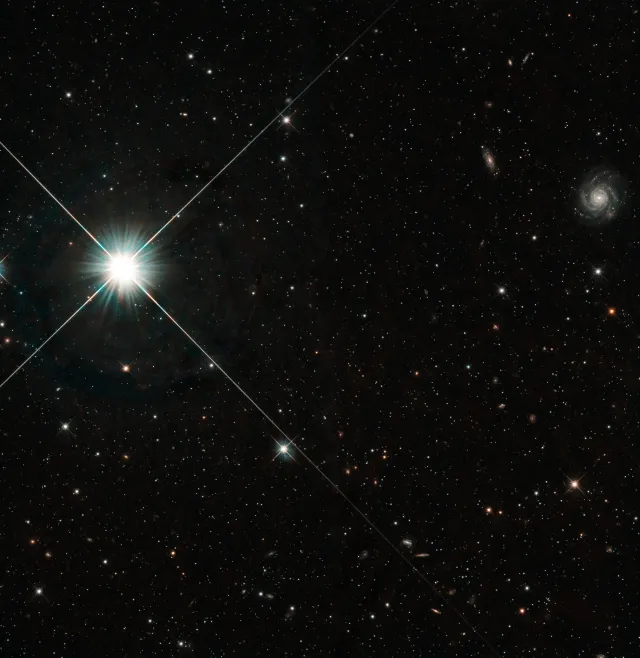
NASA's Hubble Traces Dark Matter in Dwarf Galaxy Using Stellar Motions - NASA Science
The qualities and behavior of dark matter, the invisible “glue” of the universe, continue to be shrouded in mystery.science.nasa.gov
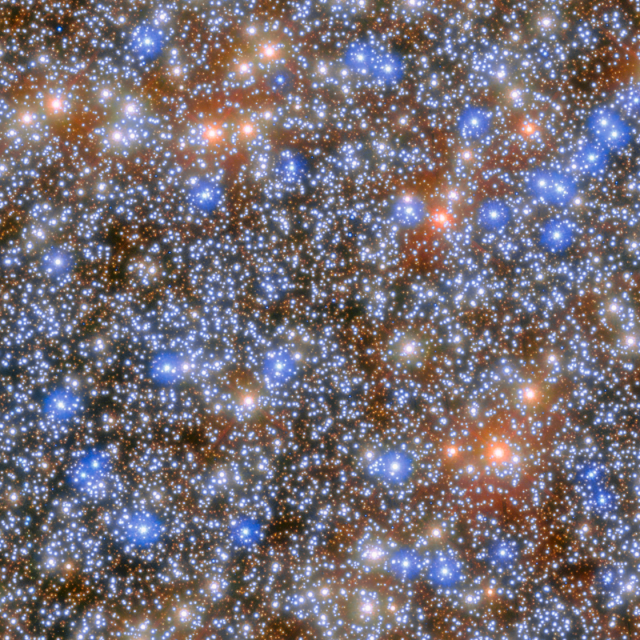
NASA's Hubble Finds Strong Evidence for Intermediate-Mass Black Hole in Omega Centauri - NASA Science
Most known black holes are either extremely massive, like the supermassive black holes that lie at the cores of large galaxies, or relatively lightweight, with a mass of under 100 times that of the Sun.science.nasa.gov
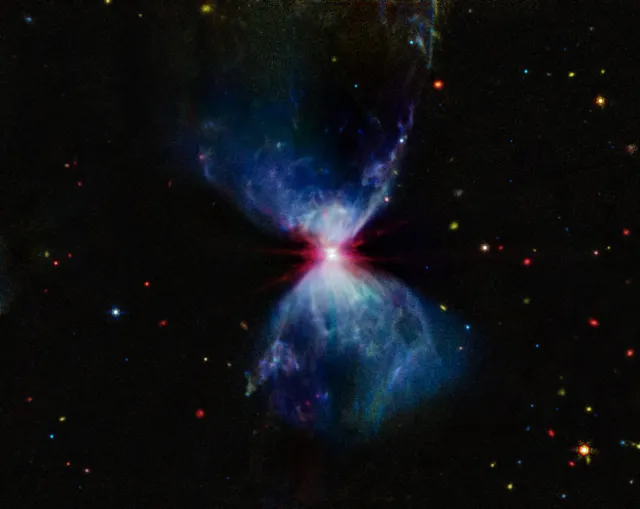
NASA’s Webb Captures Celestial Fireworks Around Forming Star - NASA Science
The colors within this mid-infrared image reveal details about the central protostar’s behavior. The cosmos seems to come alive with a crackling explosion of pyrotechnics in this new image from NASA’s James Webb Space Telescope.science.nasa.gov
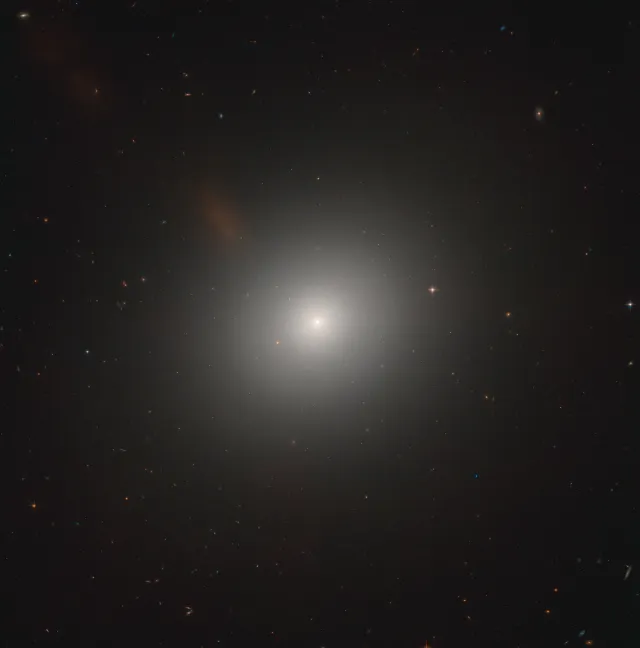
Hubble Examines an Active Galaxy Near the Lion’s Heart - NASA Science
It might appear featureless and unexciting at first glance, but NASA/ESA Hubble Space Telescope observations of this elliptical galaxy — known as Messier 105 — show that the stars near the galaxy’s center are moving very rapidly.science.nasa.gov
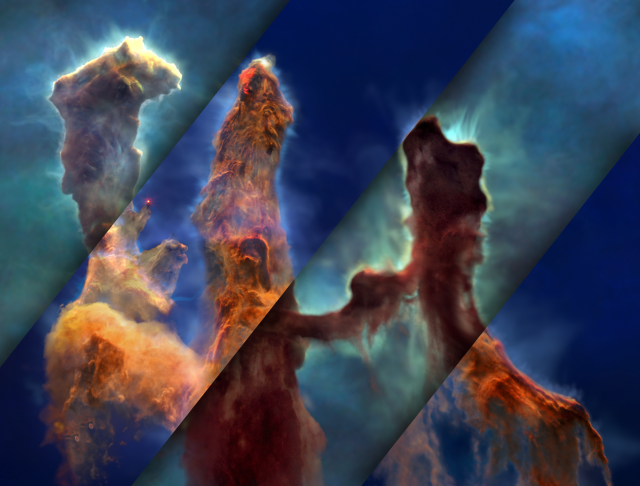
Pillars of Creation Star in New Visualization from NASA's Hubble and Webb Telescopes - NASA Science
Made famous in 1995 by NASA’s Hubble Space Telescope, the Pillars of Creation in the heart of the Eagle Nebula have captured imaginations worldwide with their arresting, ethereal beauty.science.nasa.gov
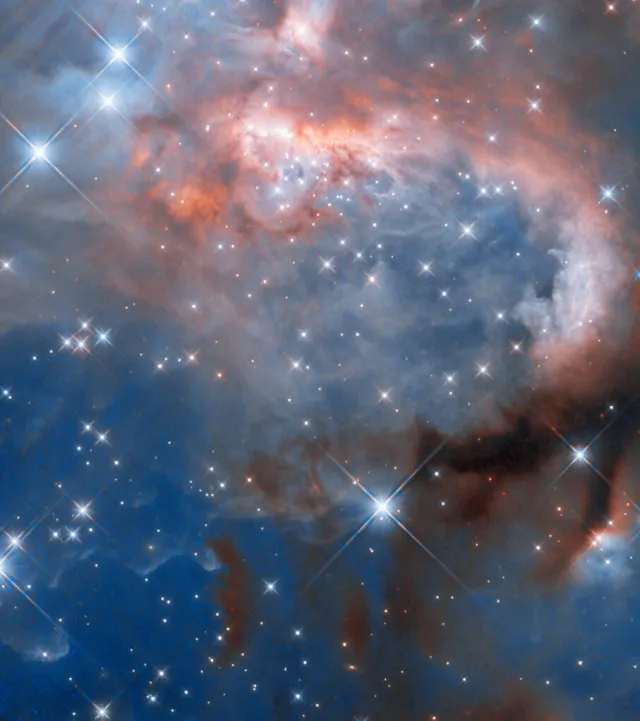
Hubble Captures Infant Stars Transforming a Nebula - NASA Science
This NASA/ESA Hubble Space Telescope image presents a visually striking collection of interstellar gas and dust. Named RCW 7, the nebula is located just over 5,300 light-years from Earth in the constellation Puppis.science.nasa.gov
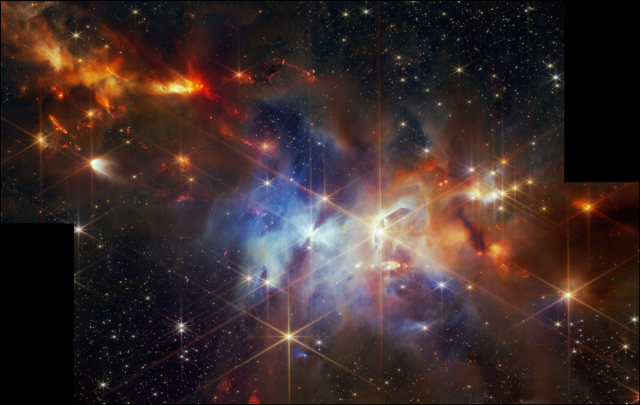
First of Its Kind Detection Made in Striking New Webb Image - NASA Science
Alignment of bipolar jets confirms star formation theories For the first time, a phenomenon astronomers have long hoped to directly image has been captured by NASA’s James Webb Space Telescope’s Near-Infrared Camera (NIRCam).science.nasa.gov
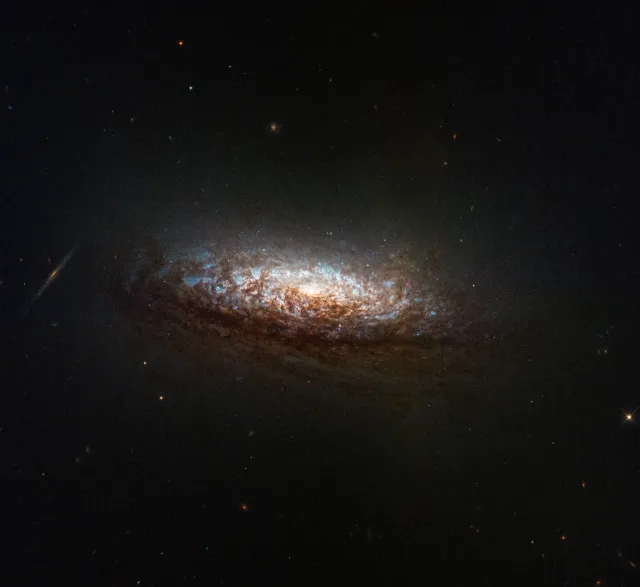
NASA Releases Hubble Image Taken in New Pointing Mode - NASA Science
NASA’s Hubble Space Telescope has taken its first new images since changing to an alternate operating mode that uses one gyro.science.nasa.gov
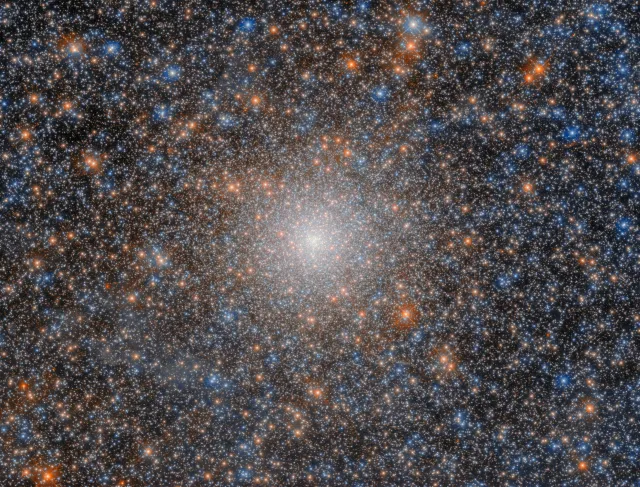
Hubble Observes a Cosmic Fossil - NASA Science
This NASA/ESA Hubble Space Telescope image features the globular cluster NGC 2005. It’s not an unusual globular cluster in and of itself, but it is a peculiarity when compared to its surroundings.science.nasa.gov

Hubble Finds Surprises Around a Star That Erupted 40 Years Ago - NASA Science
Astronomers have used new data from NASA’s Hubble Space Telescope and the retired SOFIA (Stratospheric Observatory for Infrared Astronomy) as well as archival data from other missions to revisit one of the strangest binary star systems in our galaxy …science.nasa.gov
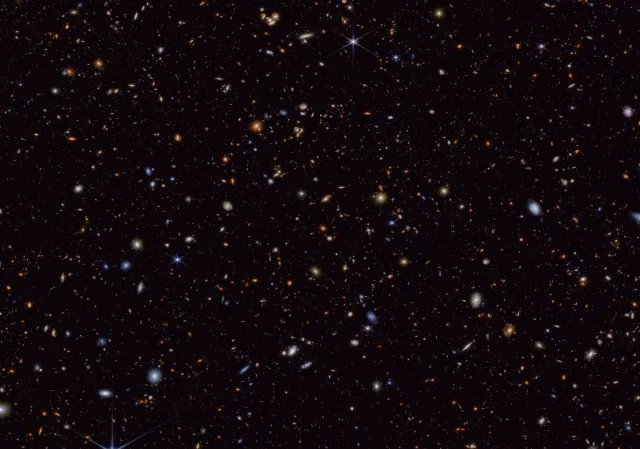
NASA’s Webb Opens New Window on Supernova Science - NASA Science
Peering deeply into the cosmos, NASA’s James Webb Space Telescope is giving scientists their first detailed glimpse of supernovae from a time when our universe was just a small fraction of its current age.science.nasa.gov
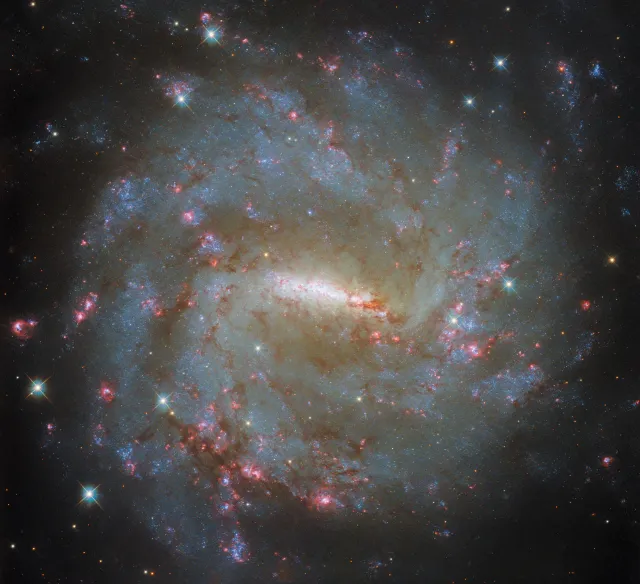
Hubble Examines a Barred Spiral’s Light - NASA Science
This NASA/ESA Hubble Space Telescope image features the barred spiral galaxy NGC 3059, which lies about 57 million light-years from Earth.science.nasa.gov
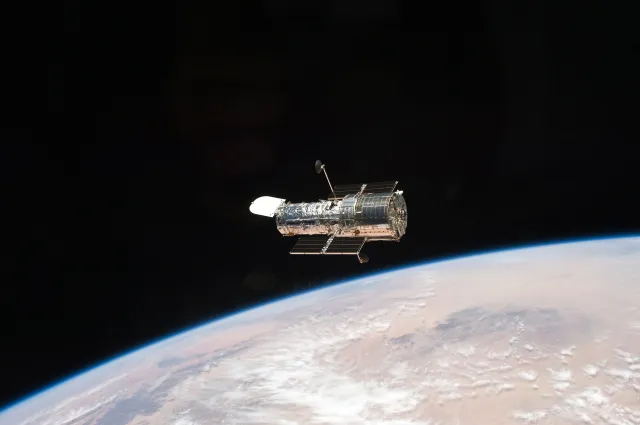
NASA to Change How It Points Hubble Space Telescope - NASA Science
After completing a series of tests and carefully considering the options, NASA announced Tuesday work is underway to transition its Hubble Space Telescope to operate using only one gyroscope (gyro).science.nasa.gov
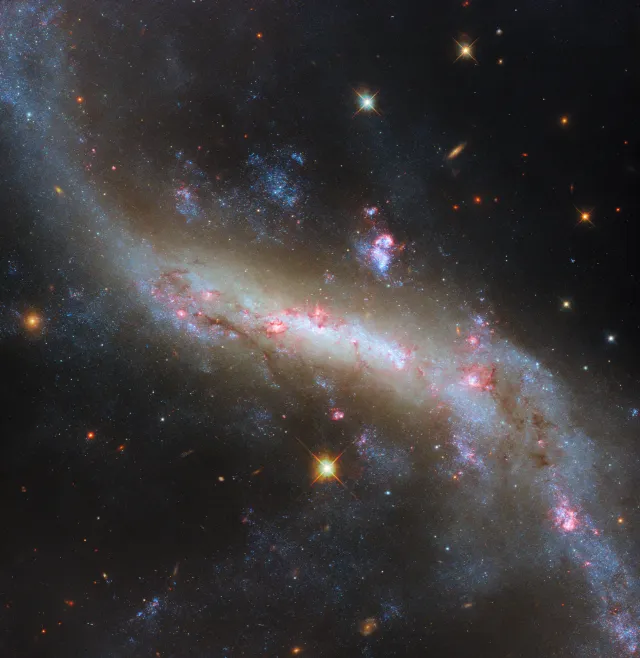
Hubble Views the Lights of a Galactic Bar - NASA Science
This new image from the NASA/ESA Hubble Space Telescope shows the broad and sweeping spiral galaxy NGC 4731. It lies in the constellation Virgo and is located 43 million light-years from Earth.science.nasa.gov
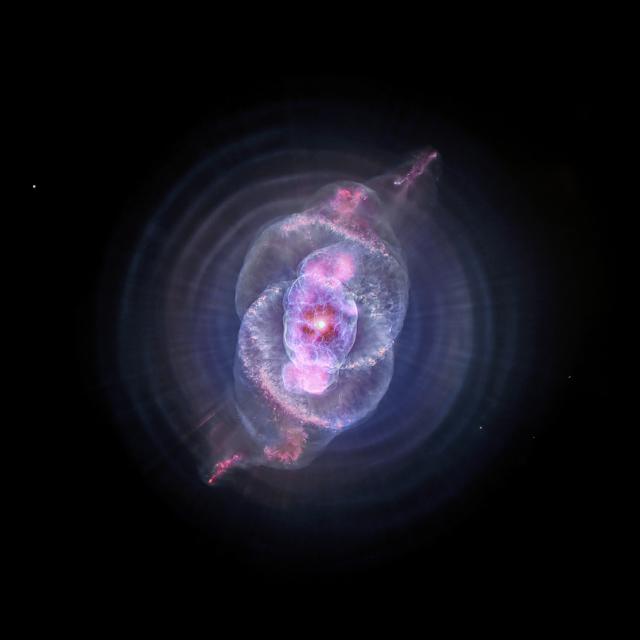
Travel Through Data From Space in New 3D Instagram Experiences - NASA
A new project provides special 3D “experiences” on Instagram using data from NASA’s Chandra X-ray Observatory and other telescopes through augmented realityLee Mohon (NASA)
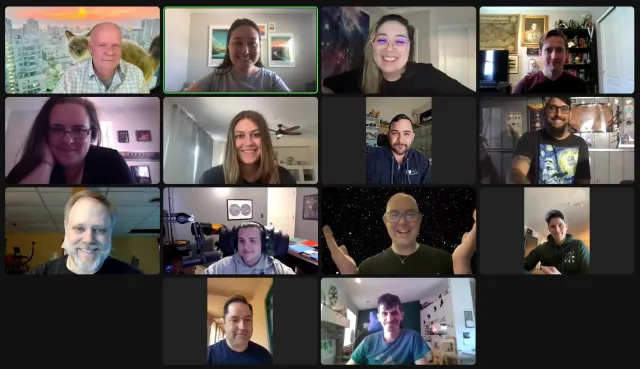
Arizona Students Go on an Exoplanet Watch - NASA Science
Exoplanets, planets outside of our own solar system, hold the keys to finding extraterrestrial life and understanding the origin of our own world.science.nasa.gov

Hubble Captures a Bright Spiral in the Queen’s Hair - NASA Science
This NASA/ESA Hubble Space Telescope image shows the jewel-bright spiral galaxy NGC 4689, which lies 54 million light-years from Earth in the constellation Coma Berenices.science.nasa.gov
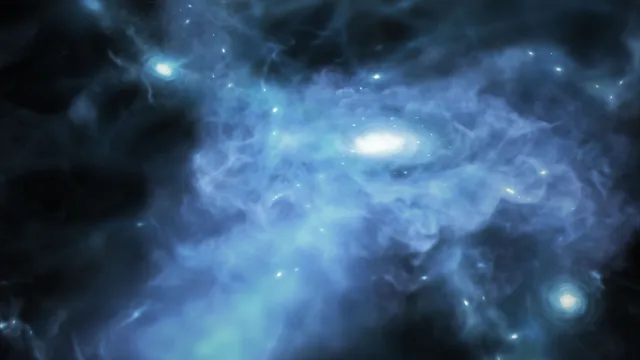
Galaxies Actively Forming in Early Universe Caught Feeding on Cold Gas - NASA Science
Researchers analyzing data from NASA’s James Webb Space Telescope have pinpointed three galaxies that may be actively forming when the universe was only 400 to 600 million years old.science.nasa.gov
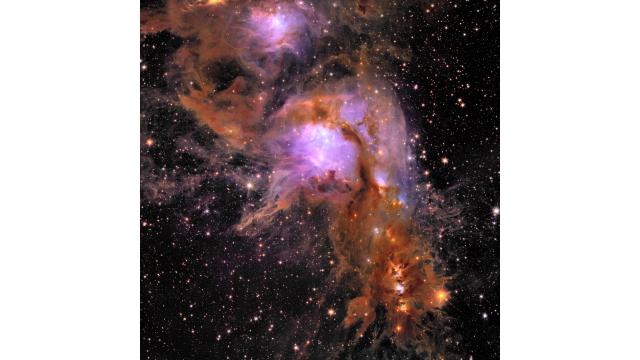
New Images From Euclid Mission Reveal Wide View of the Dark Universe - NASA
With NASA contributions, the mission will complement dark energy studies to be made by the agency’s upcoming Nancy Grace Roman Space Telescope.Anthony Greicius (NASA)

Spotted: ‘Death Star’ Black Holes in Action - NASA
A team of astronomers have studied 16 supermassive black holes that are firing powerful beams into space, to track where these beams, or jets, areNASA
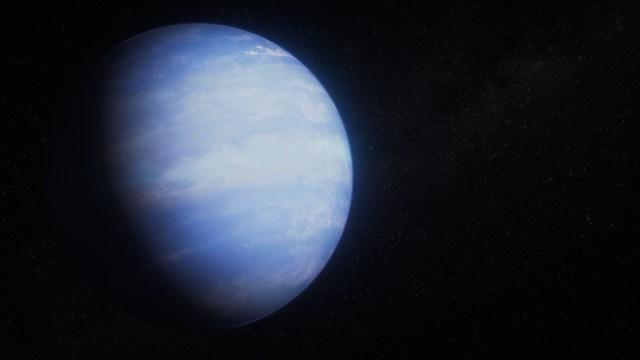
Webb Cracks Case of Inflated Exoplanet - NASA Science
Why is the warm gas-giant exoplanet WASP-107 b so puffy? Two independent teams of researchers have an answer.science.nasa.gov
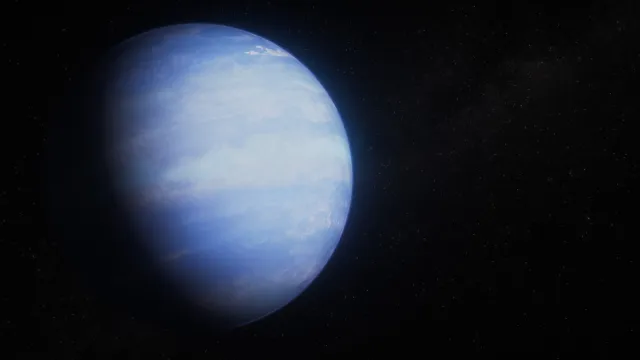
Webb Cracks Case of Inflated Exoplanet - NASA Science
Why is the warm gas-giant exoplanet WASP-107 b so puffy? Two independent teams of researchers have an answer.science.nasa.gov

Hubble Views Cosmic Dust Lanes - NASA Science
Featured in this new image from the NASA/ESA Hubble Space Telescope is a nearly edge-on view of the lenticular galaxy NGC 4753. Lenticular galaxies have an elliptical shape and ill-defined spiral arms.science.nasa.gov

Hubble Views the Dawn of a Sun-like Star - NASA Science
Looking like a glittering cosmic geode, a trio of dazzling stars blaze from the hollowed-out cavity of a reflection nebula in this new image from NASA’s Hubble Space Telescope.science.nasa.gov
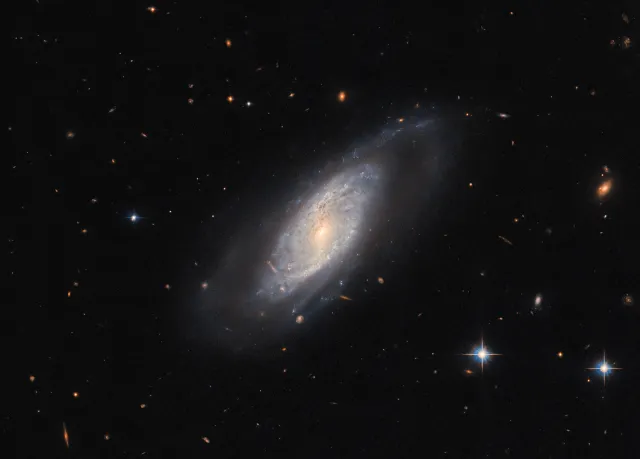
Hubble Glimpses a Star-Forming Factory - NASA Science
The celestial object showcased in this image from the NASA/ESA Hubble Space Telescope is the spiral galaxy UGC 9684, which lies around 240 million light-years from Earth in the constellation Boötes.science.nasa.gov
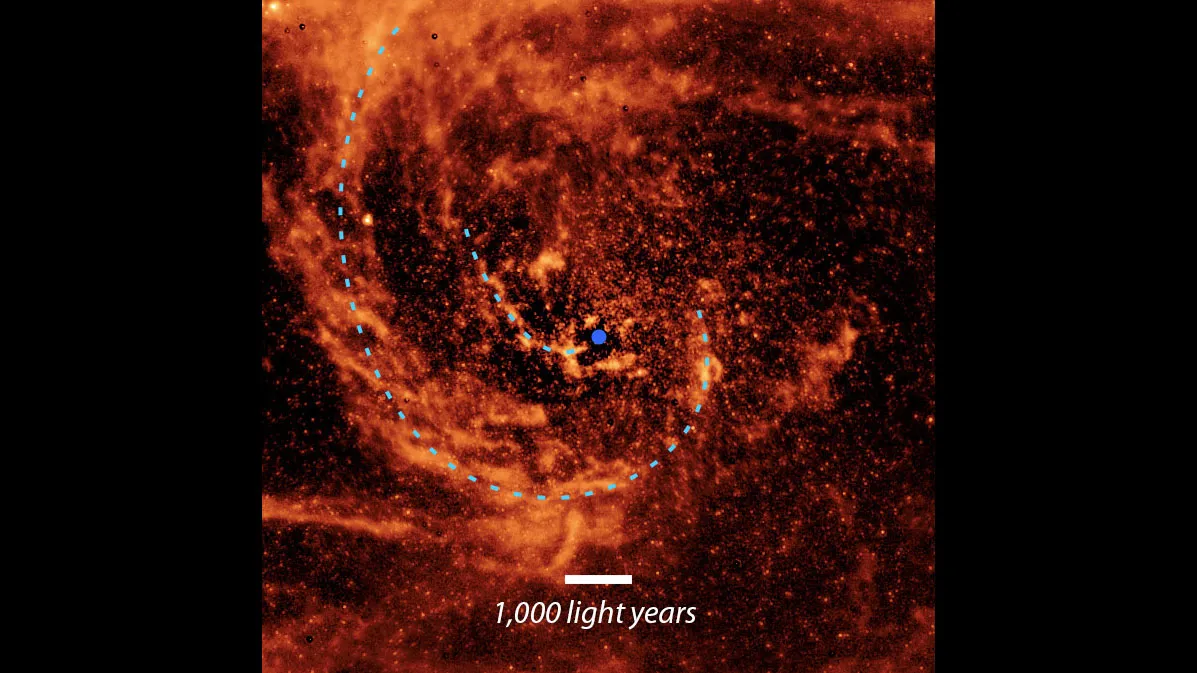
NASA Images Help Explain Eating Habits of Massive Black Hole - NASA
Data from NASA’s retired Spitzer Space Telescope has given scientists new insights into why some supermassive black holes shine differently than others.Anthony Greicius (NASA)
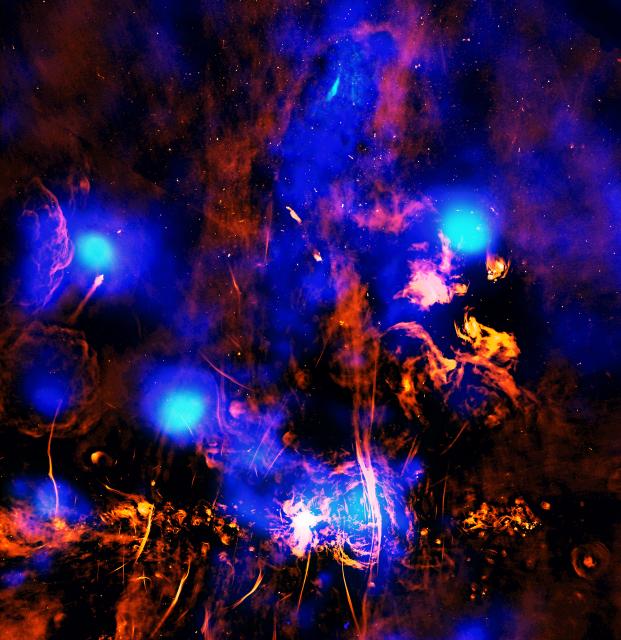
NASA's Chandra Notices the Galactic Center is Venting - NASA
Data from the Chandra X-ray Observatory reveal ridges thought to be a tunnel, that releases hot gas from the supermassive black hole at the Galactic Center.NASA

NASA’s Webb Hints at Possible Atmosphere Surrounding Rocky Exoplanet - NASA Science
Researchers using NASA’s James Webb Space Telescope may have detected atmospheric gases surrounding 55 Cancri e, a hot rocky exoplanet 41 light-years from Earth.science.nasa.gov
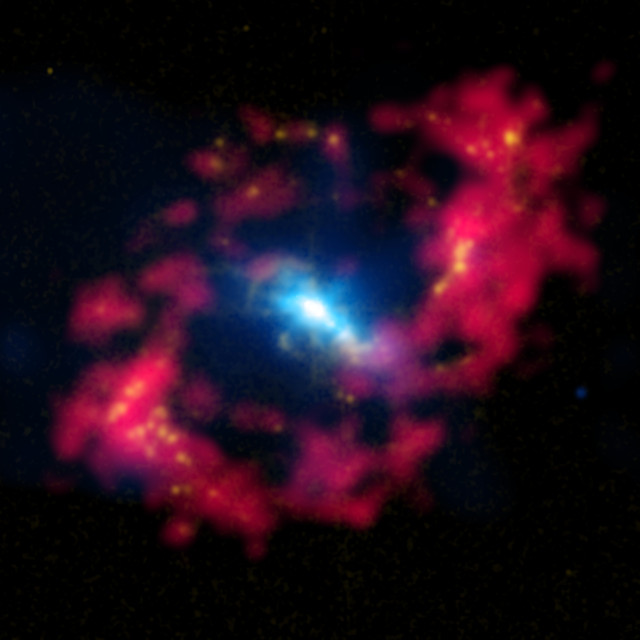
NASA, JAXA XRISM Spots Iron Fingerprints in Nearby Active Galaxy - NASA Science
After starting science operations in February, Japan-led XRISM (X-ray Imaging and Spectroscopy Mission) studied the monster black hole at the center of galaxy NGC 4151.science.nasa.gov
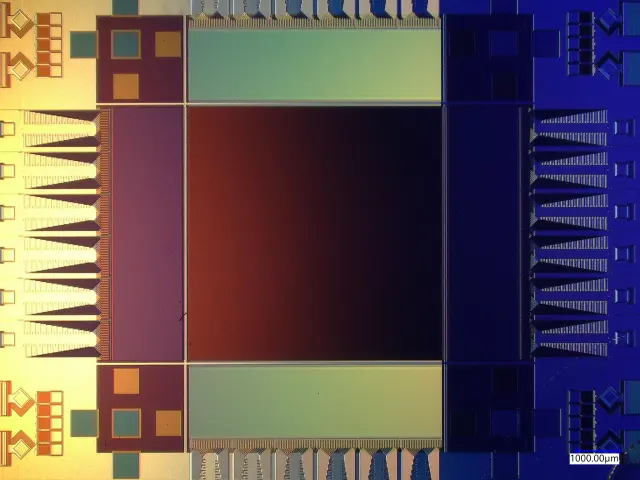
Breaking the Scaling Limits: New Ultralow-noise Superconducting Camera for Exoplanet Searches - NASA Science
When imaging faint objects such as distant stars or exoplanets, capturing every last bit of light is crucial to get the most out of a scientific mission.science.nasa.gov

Hubble Views a Galaxy with a Voracious Black Hole - NASA Science
Bright, starry spiral arms surround an active galactic center in this new NASA Hubble Space Telescope image of the galaxy NGC 4951. Located in the Virgo constellation, NGC 4951 is located roughly 50 million light-years away from Earth.science.nasa.gov
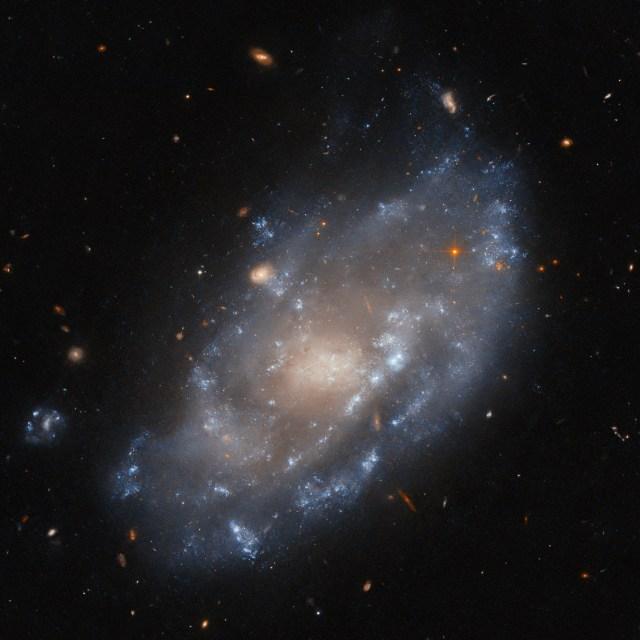
Hubble Hunts Visible Light Sources of X-Rays - NASA Science
This NASA/ESA Hubble Space Telescope image features the dwarf galaxy IC 776. This swirling collection of new and old stars is located in the constellation Virgo, in the Virgo galaxy cluster, 100 million light-years from Earth.science.nasa.gov
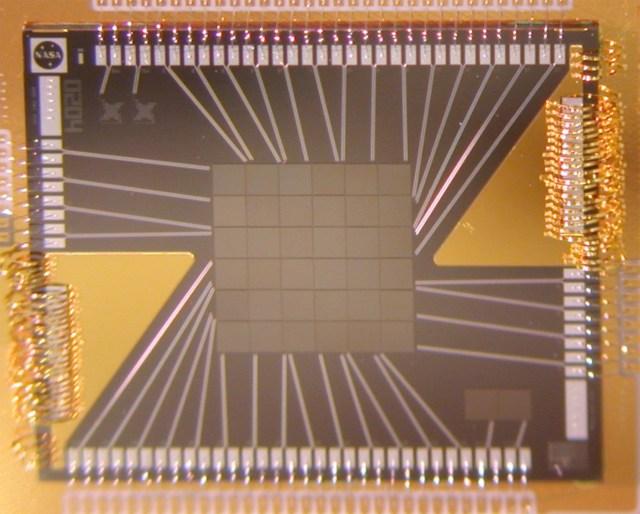
NASA/JAXA’s XRISM Mission Captures Unmatched Data With Just 36 Pixels - NASA Science
At a time when phone cameras are capable of taking snapshots with millions of pixels, an instrument on the Japan-led XRISM (X-ray Imaging and Spectroscopy Mission) satellite captures revolutionary science with just 36 of them.science.nasa.gov
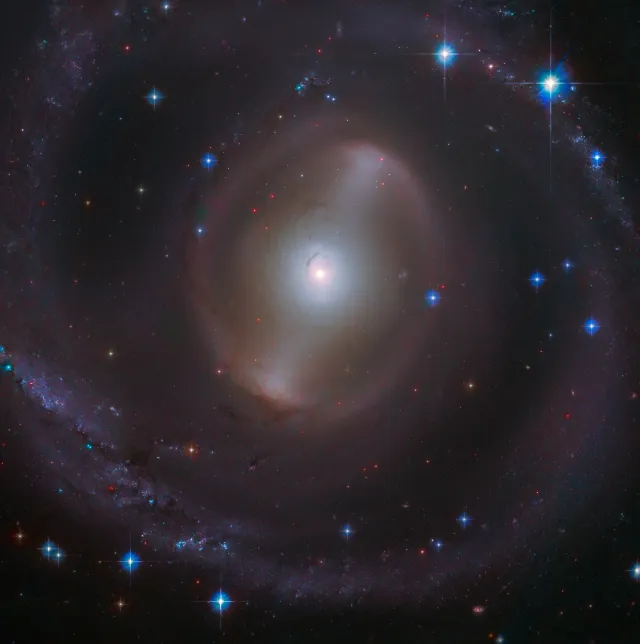
Hubble Spots a Magnificent Barred Galaxy - NASA Science
The magnificent central bar of NGC 2217 (also known as AM 0619-271) shines bright in the constellation of Canis Major (The Greater Dog), in this image taken by the NASA/ESA Hubble Space Telescope.science.nasa.gov
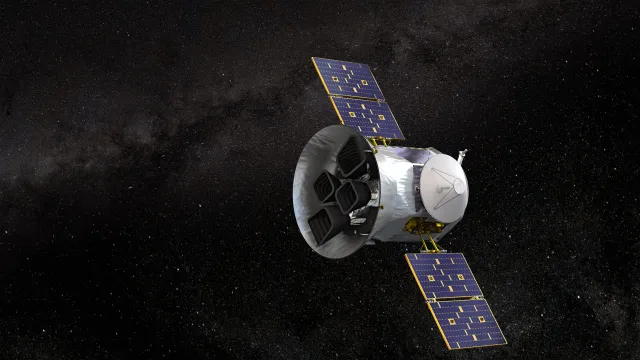
NASA’s Planet-Hunting Satellite Temporarily on Pause - NASA Science
During a routine activity April 23, NASA’s TESS (Transiting Exoplanet Survey Satellite) entered safe mode, temporarily suspending science operations. The satellite scans the sky searching for planets beyond our solar system.science.nasa.gov
